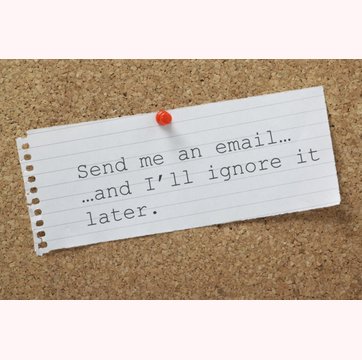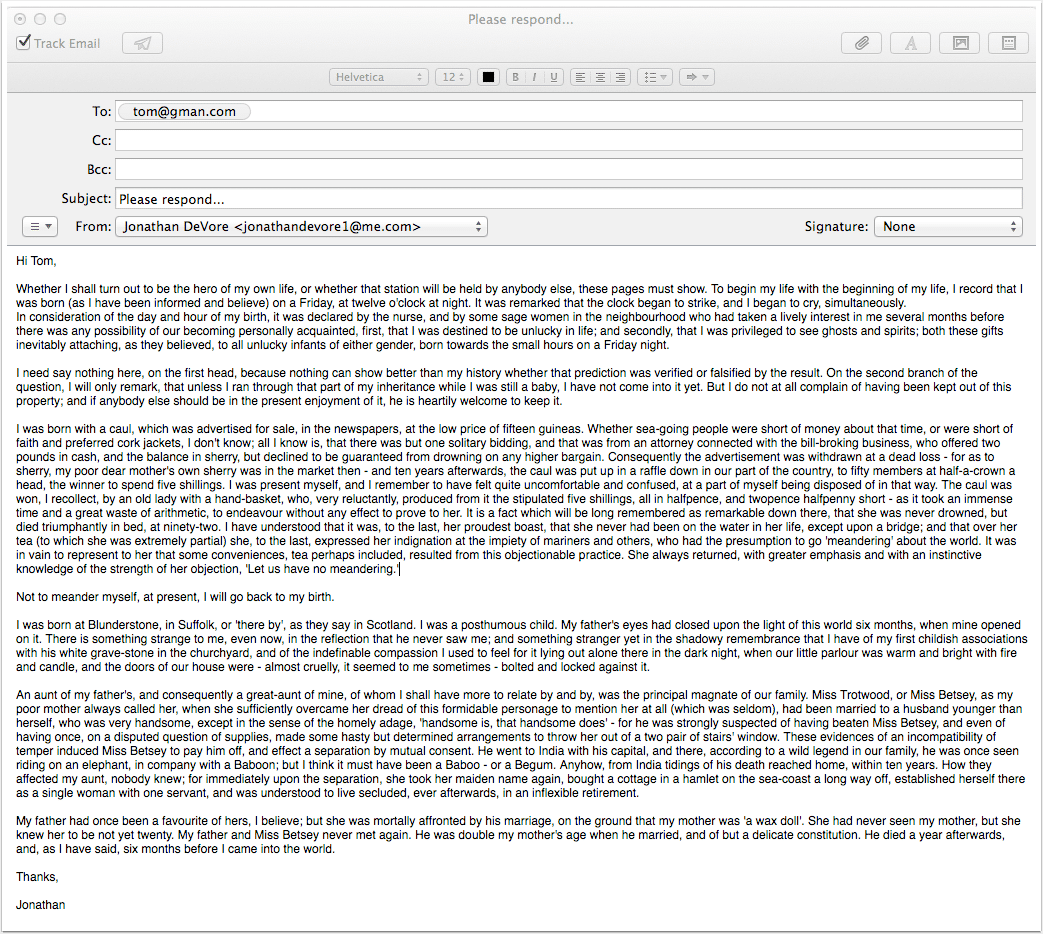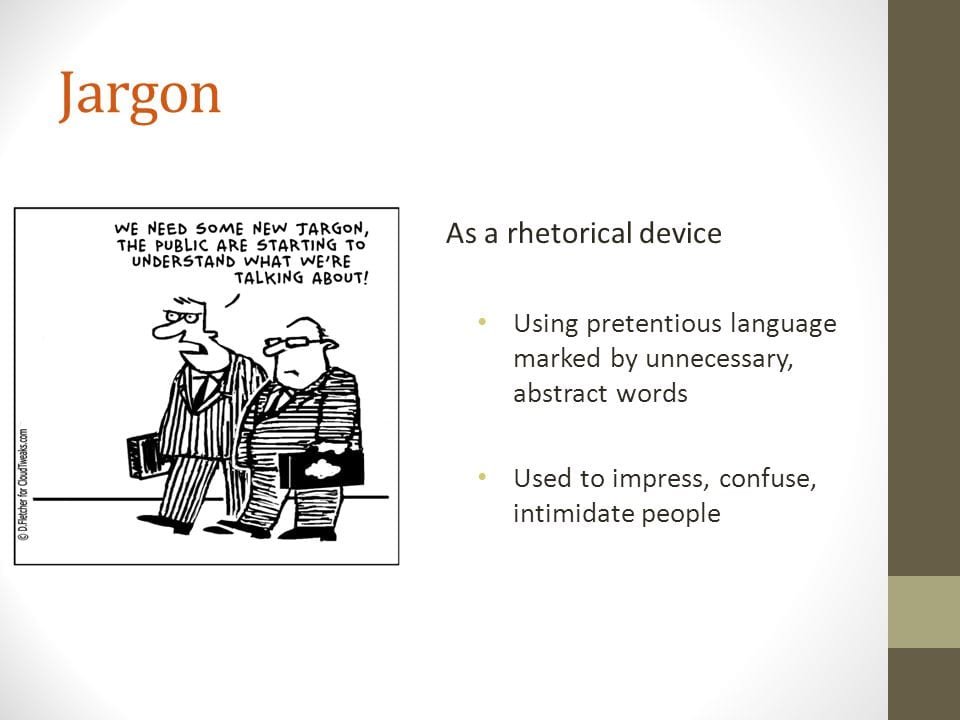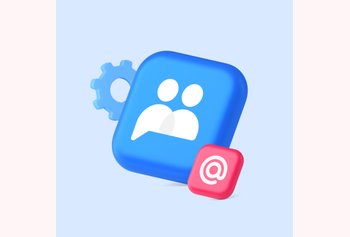
Table of contents
8000+ teams use Hiver to delight their customers!

10 Writing Mistakes That Make Your Emails Ineffective

Table of contents
Communication is the key to successful projects and healthy relationships. Since 8,000,000 emails are sent every second, I think it’s safe to say that email is one of the top communication tools of our time.
However, even the smallest of mistakes can make your emails ineffective and wreak havoc on your projects.
We’ll show you exactly what those are. Read on.
Table of Contents
Email writing mistakes you should avoid
1. Writing a poor subject line
Your email subject line should be relevant to the content contained in the email. When a discussion begins, the subject line should never say, “Hey.” This is just too vague, and non-urgent. So, always state the topic of your message in the subject line.
For example, say you want to send an email to someone with whom you spoke through a LinkedIn message, a subject line which says, ‘Continuing our conversation on LinkedIn’ will serve you better than a ‘Hey’ or ‘Hello’.
As the discussion moves forward, it’s common for the subject line to be, “RE: X Discussion.” This is fine, as long as your conversation hasn’t moved on to another topic. As an email thread moves to new topics of discussion, your subject line should change too – it must always be relevant.
2. Not personalizing your greeting
An email is effective when it looks purposeful. It looks purposeful when you know whom you are contacting, which is why the best subject lines for cold emails are personalized. An email without a personalized greeting could have been meant for just about anyone and this is never impressive.
For instance, let’s say you are cold emailing a company for a business opportunity. Don’t say, ‘Hi folks’, instead, do your research and find out who the head is, verify their email ID, and address them directly by mentioning their name in the greeting.
Also, even when you are sending additional emails to the same person, make sure to continue personalizing the greeting. Yes, the first recipient of your email knows who you’re addressing so, it may seem redundant to use their name in each message. But, it’s not.
Of course, some of your emails will be forwarded along. The second and third person to read your message should be clear on who the message was addressed to. Personalize your greeting with every email you send. Leverage AI writing tools ot generate more personalized greeting ideas.
3. Announcing too much in one message
Email is meant to be read quickly. Leaving your inbox open all day is detrimental for productivity. So, don’t send out a week’s worth of assignments or discussions in one email. This will only make it so the recipient has to keep referring back to this one message. They will have to more tabs open than necessary and spend too much time moving back and forth between the email and what they’re doing.
Instead, keep your emails clear and concise so that the recipient can address the topic and move on. Make sure that you cover one topic or project at a time, and each message can be read and responded to in a matter of minutes.

Additionally, long text-heavy emails usually frustrate or, even worse, annoy the recipients!

4. Employing ambiguous language
Ambiguous language is the murderer of all written communication. It creates the scope for misunderstanding. If you write something that can have more than one meaning, no matter how well the email recipient knows you and the subject of your content, you run the risk of wasting time and energy to do some extra explaining, or worse.
Imagine that your teammate misinterprets your gray instructions and completes an entire project based on your bad writing. Your project will have to be completed twice. You will lose resources and miss deadlines. Also, you will damage your reputation. So, save the ambiguity for poets or custom writing, and make sure your email communications can only be interpreted one way.
5. Copy and pasting
Of course, there is a time and place for copy and paste, even in email. But, you might be one of those people who like to copy and paste entire documents instead of attaching the files. If so, just stop. Emails should be brief.
When you need to deliver anything that takes more than a few minutes to read, attach it as a separate file. This way, the recipient can easily review large portions of information at his own leisure and will have something outside of the email inbox for reference.
6. Forgetting to explain attachments
Not only will the word “attach” trigger your email host to remind you to upload attachments in case you forget, it will also give the reader an understanding of what it is they’re about to open.
In the future, if the recipient needs to find this email, for any reason, they should be able to use the search feature to do so. If you haven’t explained what it is you’re sending beyond “here’s the file I said I would send,” it will make the search process that much more difficult. So, explain any attachments clearly, and use relevant keywords.
7. Using jargon words
Only 21% of communicators keep their language jargon-free. This means that more than ¾ of people are still using industry slang in their emails. So, though it may seem like the norm, you need to take a closer look and pay more attention to your word use.
Sure, Dave in the cubicle next to you probably knows what plug-and-play means. But, when someone has to send your email thread to a client, they will have no clue. You will put yourself in the awkward position of having to explain terms and wasting everyone’s time in the process.
Note that not everyone will know what you’re talking about when you use jargon. You may think this is okay now, for whatever level you’re communicating on, but try to get out of the habit ASAP. Otherwise, you’re going to waste time and energy explaining niche terms to people who have no need to know.

Source
8. Failing to use a signature
Your email signature is a place to sign off with your name and relevant contact information. Sometimes it can take days to receive a response to an email, and the recipient will have urgent business with you. You need to have an alternate means of communication listed under your email signature.
In your email signature, include as much of the following information as you’re comfortable with:
- First and last name
- Professional website URL
- Phone number
- LinkedIn and/ or other social media profile link(s)
9. Having a poor email format
I know that having to format your email body is extra work, but trust me it definitely is worth it.
First, see if you can condense the email content. If that is not an option, then be a considerate writer and make it easy for the person on the other end to read, by putting in the extra effort to format.
Here are some good practices:
- Give ample amount of white space so they don’t have to squint their eyes.
- If there are a list fo things to do, present it in a list format.
- No long paragraphs.
- Legible font size and color.
- Use bold text for key points.

Source

10. Neglecting proofreading
The final, yet most important element of effective emails is proofreading. You need to check your spelling and grammar before you hit send. This is true of emails send from a laptop or PC, but especially true of emails sent from a mobile device. Some phones have auto-correct features that can mess up your professional emails as much as the drunk texts you receive from your friends.
Proofread your emails and double-check your attachments before you click send. Otherwise, you might end up on the New York Times website as the laughing stock of the internet. Just kidding! but you get the point.
Conclusion
These ten email mistakes should be avoided at all costs. Write messages that are relevant, clear, to-the-point, brief, and use appropriate language. Make sure recipients have an alternate way to contact you that is easy to access. What’s the worst email mishap you’ve experienced? Tell us about it.





































